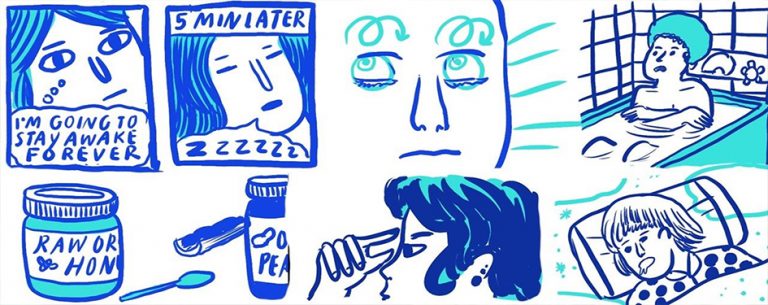How To Buy The Best Custom Mattress at a Great Price

You can buy a mattress from a store or you can go directly to the manufacturer and buy a custom mattress that is made with the best and most natural comfort ingredients at a great factory direct price. If you are from out-of-town you can even get it the same day. We can fold a foam mattress and put it in your car so that you can take it home with you. That will save you from having to make another trip from any town in Ontario or even from Upstate New York.










